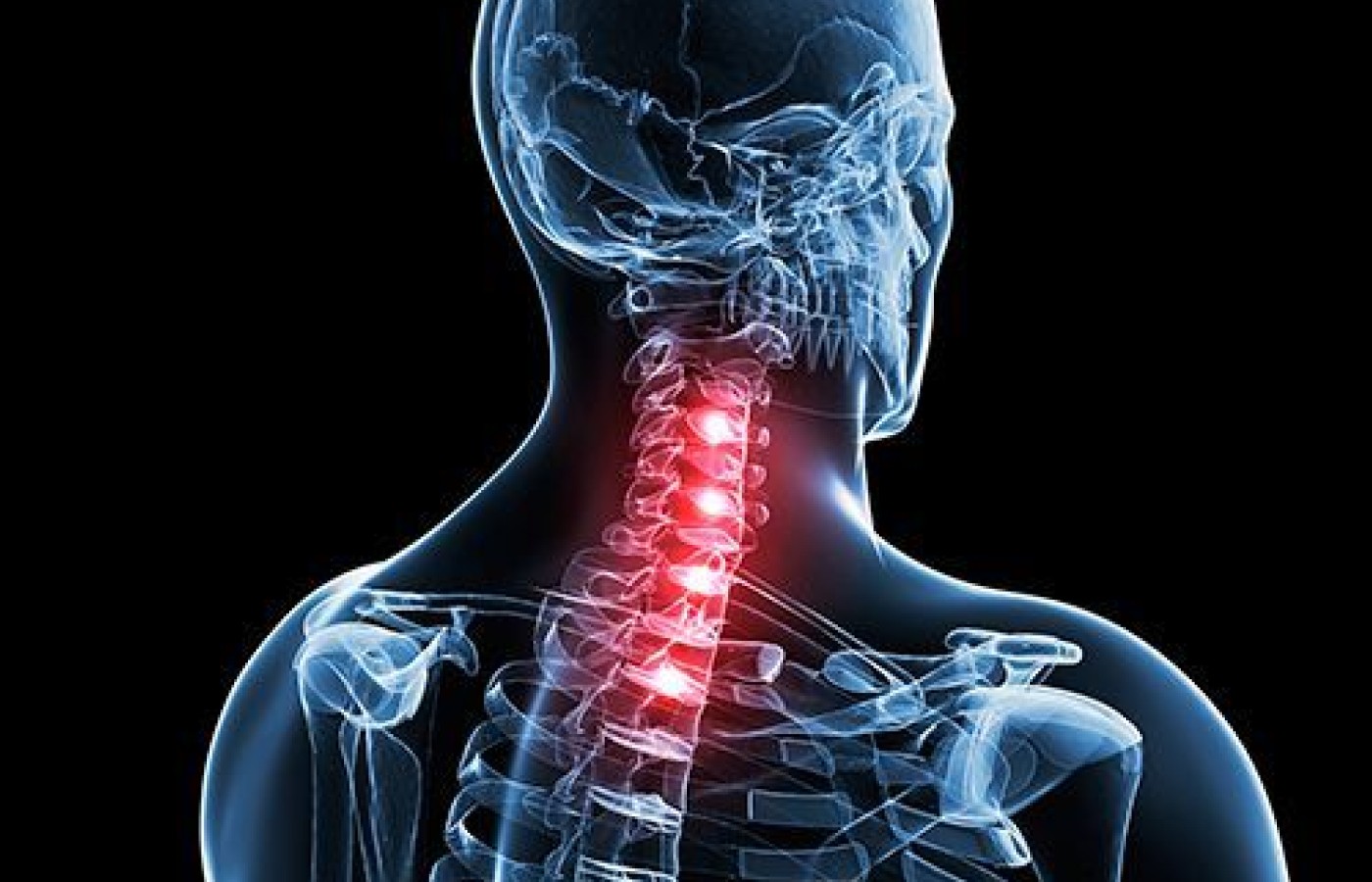Some doctors thrive in a personality-based clinic and have a loyal following no matter what services or equipment they offer, but for most chiropractic offices who are trying to grow and expand, new equipment purchases help us stay relevant and continue to service our client base in the best, most up-to-date manner possible. So, regarding equipment purchasing: should you lease, get a bank loan, or pay cash?
A Twist on Cervical Manipulation
Cervical adjustments have always been the method of choice used by chiropractors for correcting neck distress, subluxations, spinal faults and traumatic manifestations. That said, I believe there is another method that can achieve this outcome with a slight twist or perspective adjustment (please pardon the pun). This information is already part of our anatomical knowledge as chiropractic professionals. This method can mainly be utilized to increase our arsenal against unremitting pain patterns so often associated with MVA trauma and at the same time, ease the fears of some of the patients who may not fully understand the chiropractic adjustive process.
As a background, the cervical spine's natural movement is governed by a collective approach between neurological, musculoskeletal and connective tissue. Upon injury, trauma or natural aging, these factors can combine in naturally protective ways to aid the spine and the body the best they can. This can be detected as subluxation, hypertonicity, spasm and/or fixation, with or without adhesions. These protective reactions leave a distinct trail that can be followed with the chiropractic knowledge of reciprocal innervations, postural adaptation and/or motion palpation techniques taught at many professional chiropractic colleges and postgraduate seminars.
Origins and Insertions

Individual muscles and groups of muscles anatomically have an origin and an insertion. The insertion, of course, is the end that moves. The origin is the stability or supporting attachment of this muscle. For a cervical or cervical-thoracic problem, using the origin in the upper thoracic spine for the adjusting point instead of its insertion in the neck is the premise for this article.
Anatomical knowledge plays a large role in the differential diagnostics gleamed from the palpation techniques. It is imperative to re-engage your knowledge of the specifics of muscular attachment and movement for general and specific therapies of the cervicothoracic region.
The muscles of major importance are the splenius capitis and cervicis, semi-spinalis capitis and cervicis, the anterior serratus groups of the neck and the sternocleidomastoid. Movements to be tested are flexion, extension, rotation, lateral flexion, and posterior cervical rotation. All general aspects including range of motion of the clavicle, the scapulothoracic shoulder motion and the movement of the acromioclavicular joints, including the joints of the upper extremities, the elbow and the wrist, play a major role in the diagnosis, before the adjustment proceeds.
It has been in my professional experience, and that of others, that the body appears to develop a "theme," if you will, to protect or adapt itself to an event. This "theme" is an organized incorporation of the entire body's functional systems; i.e., muscular, skeletal, connective, neurological, physiological and psychological. These are all turned into the organized and protective response that is found on initial examination. This system, if diagnosed down to the place of origin of the initial response, allows treatment to begin and the "incident theme" to pass on the new neurological information from the adjustment to the rest of the body, beginning the reduction of the unified protective responses.
Equip Your Clinic With an Alternate Way to Help Patients
By using the thoracic vertebral and muscular origin of the segments involved as the adjustment point, instead of using the anatomical insertion point in the neck, as is common practice, one may still influence the function of the other protective aspects of the theme thus developed – in this case at the cervical spine – without a direct cervical adjustment. This can help to reduce even further the worries of some patients and any of the sometimes ill-perceived dangers of treatment, ostensibly reducing the anxiety experienced by some people – whether valid or not – of adjustment to this vital area.
This treatment perspective allows us to advertise that an alternative method is available from all practitioners of chiropractic, whether traditional or not. In addition, our patients, if one is fearful of a neck adjustment, can be informed that it can be performed another way, without extreme concerns or apprehension. This, I believe, would only benefit our professional status in the eyes of the media and the public at large by giving an alternative, if it is so required. It is important to understand that this does not negate direct cervical adjusting; it only allows another perspective for the professional in all of us.



